Read about the inspiring experiences and outlooks of our roundtable respondents.
On the occasion of Women’s History Month, Contingencies sat down for a roundtable discussion with seven women at various stages of their careers in the actuarial field. Read on to learn of their journeys, challenges, and triumphs. Their stories offer invaluable perspectives on gender diversity, inclusion, and the evolving landscape of actuarial science. The following has been lightly edited for style and clarity.
1. What, if any, challenges have you faced as a woman in the actuarial field, and how did you overcome them?
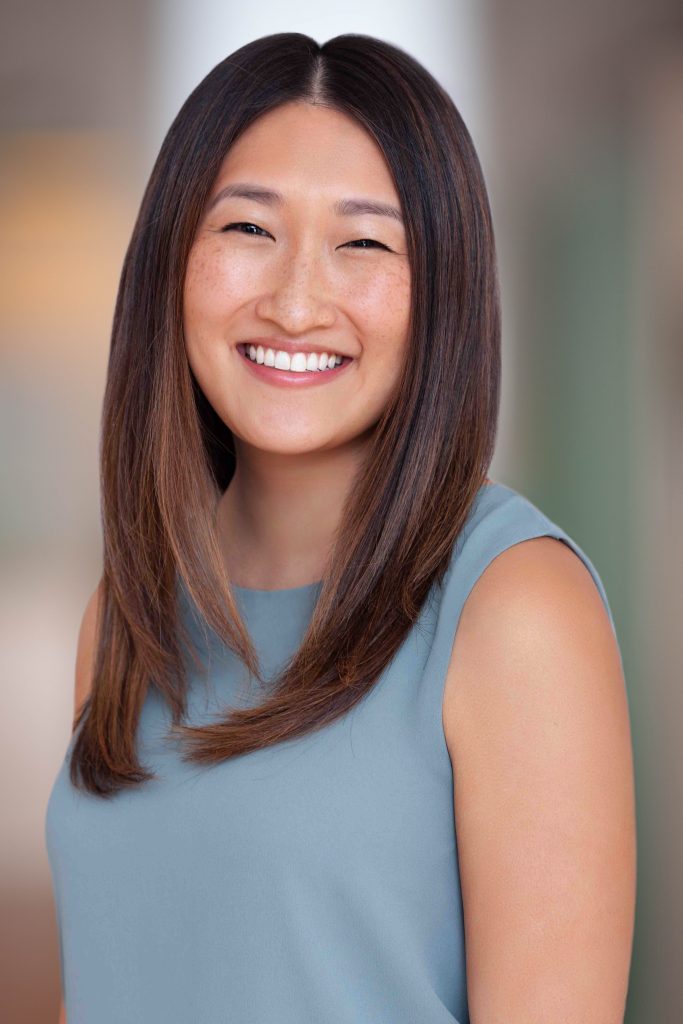
Sandy Lowe
- Actuary Manager, Liberty Mutual
- Board Member, Casualty Actuarial Society
- President & Co-Founder, Network of Actuarial Women and Allies (NAWA)
Sandy Lowe: The sticky floor is the idea that as women we might impose limitations on ourselves and get “stuck” staying in the same jobs where we are safe and feel comfortable. Before I became a manager, I always thought I needed to wait until my boss gave me “permission” or encouraged me to post for that next position. If it wasn’t for a mentor who encouraged me to believe in myself and to apply for my first manager position, I would have stayed “stuck” under that same manager much longer than I needed to!
~ ~ ~ ~ ~

Cande Olsen
- Vice President, Actuarial Resources Corp of Ga.
- Member, Actuarial Board for Counseling and Discipline
- Member, Board of Trustees, The Actuarial Foundation
Cande Olsen: I was lucky that I was brought up in an actuarial household—my father was an actuary who encouraged me to excel in math, and to see the actuarial career as a good fit with my skills. Even with that background, early in my career there were times when it was a challenge when I was the only woman in the room. There was no reason to believe that my opinions weren’t listened to and respected, but it could be intimidating, and sometimes I felt that I brought up an idea that wasn’t accepted by the group until someone else brought it up a second time. But then I learned that often that is how group dynamics works—that people need to hear an idea more than once before they accept it or use it to come to another conclusion. But when you are a minority, sometimes it doesn’t feel that way—a point I have kept in mind when another person in the group is a minority of some sort, like a different race or background. It is important to make sure that each person feels like their opinions count, even when the final group decision moves in a different direction.
~ ~ ~ ~ ~
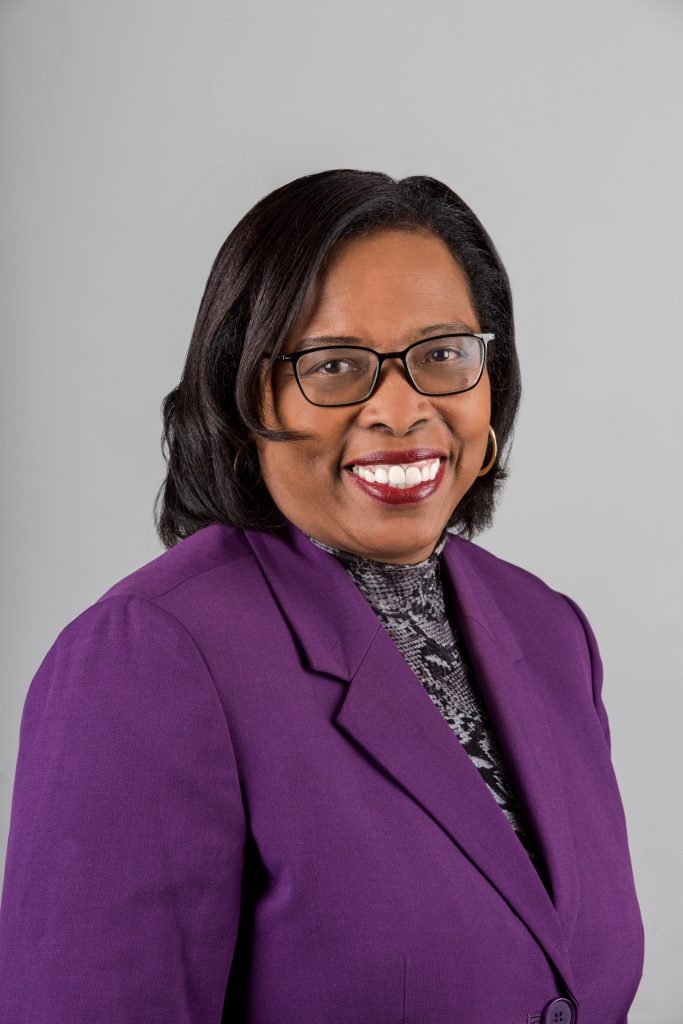
Annette James
- President & CEO, Ibis Actuarial Consulting
- Regular Director, Academy Board of Directors
- Chairperson, Academy Health Equity Committee
- Chairperson, Health Committee, Actuarial Standards Board
Annette James: I have faced many challenges in my career, and I have been fortunate to have a broad network of colleagues inside and outside of the profession to whom I could go for advice and support. It is important to surround yourself with your personal “Board of Directors” who have your best interests at heart and can tell you what you need to hear. Throughout my career, I have found it important to be confident in who I am and yet remain humble so I can continue to learn and grow in all aspects of my life.
~ ~ ~ ~ ~
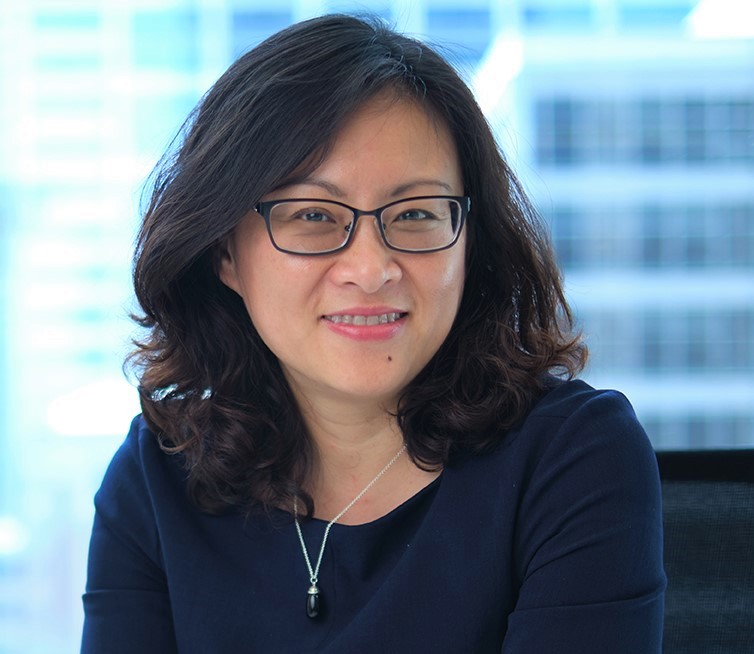
Ying Zhao
- Associate Partner, McKinsey & Company
- Board Member, Society of Actuaries
- Board Member, Abacus Actuaries
Ying Zhao: One of the challenges for me as a woman in the actuarial field was lack of visible role models. Earlier in my career, I saw mostly men in leadership roles in the actuarial and risk areas. So, I wasn’t sure what my career might lead me to. Over the years, I actively seek out women leaders in the actuarial field to learn from them and build lasting relationships. I was involved in multiple leadership networks for women in insurance. I wrote a women leadership series for the Society of Actuaries (SOA) spotlighting women in chief actuary and CEO roles. Seeing role models helped me build confidence and develop a vision for my own career.
~ ~ ~ ~ ~

Tonya Manning
- Managing Director and Chief Actuary, Gallagher
- Board of Trustees Member (Emeritus), The Actuarial Foundation
- Member, Academy Committee on Qualifications
- Member, ERISA Advisory Council
Tonya Manning: Early in my career, there were not many women leaders. I believe this is why it was difficult for me to find a leadership style that worked for me. My attempts at mimicking my male colleagues did not work, and I eventually concluded that my own style—while different—was effective and in some ways better.
~ ~ ~ ~ ~
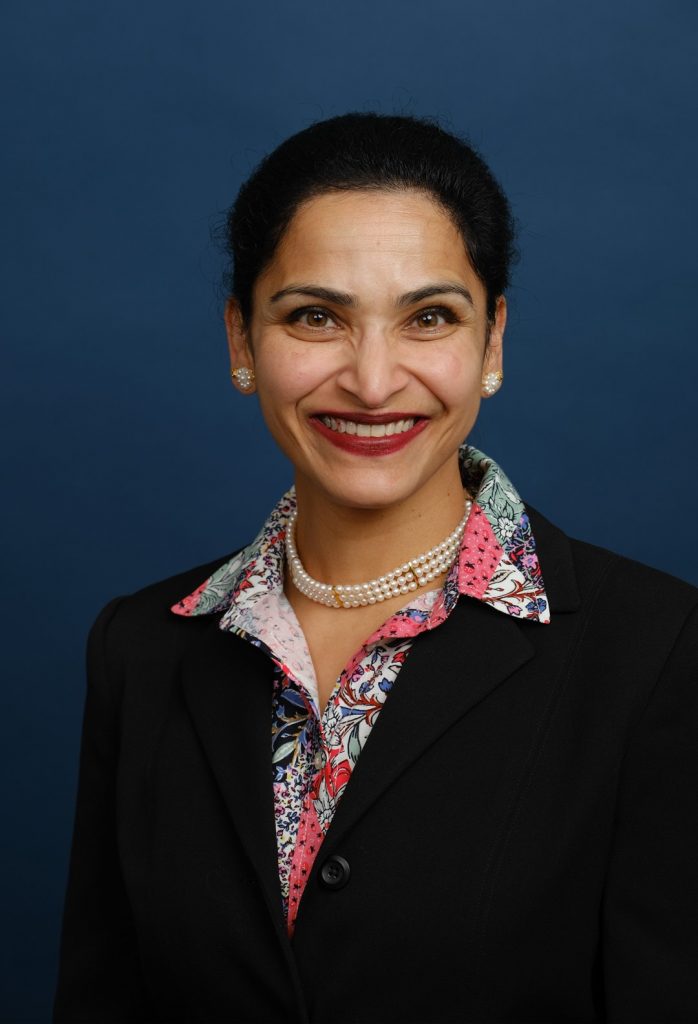
Gouri Kumaran
- AVP, Kuvare Holdings
- Board Member, South Asian Network of Actuaries (SANA)
Gouri Kumaran: Taking exams while being a mother was the biggest challenge for me. Women are assigned sometimes unrealistic expectations as mothers while holding down a full-time job. I was able to balance my responsibilities being a mother, while working a full-time job and studying for exams, because I was able to lean heavily on my support network of family and friends.
~ ~ ~ ~ ~
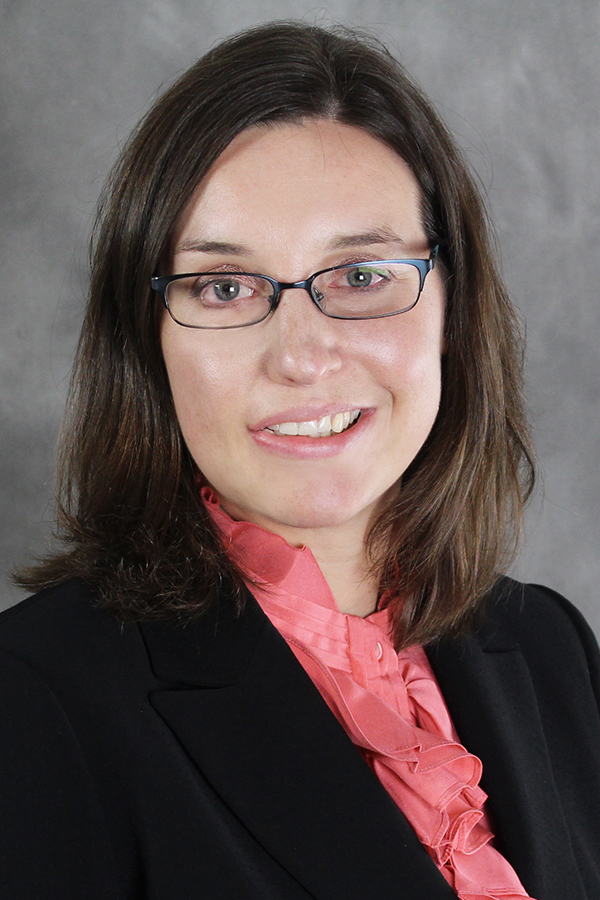
Grace Lattyak
- Partner, Aon
- Chairperson, Academy Research Committee
- Vice Chairperson, Academy Pension Committee
- Member, Academy Retirement Practice Council
Grace Lattylak: I was not always as confident as I deserved to be, and it took a while for me to understand that I need to speak up and ask for what I want if I want to see a change in my career. This is not unique to being a woman, but it may be more common for women to feel this way. I learned pretty quickly when I got frustrated with not advancing quickly enough, said something, and was immediately provided advancement opportunities. Managers are not mind-readers—and if you are good at your job, you will hear a lot of “yes” when you ask to do more.
2. Have you noticed any significant changes in the representation of women in the actuarial profession during your career?
GL: I have seen an increase in women represented across more roles. I have always seen women in senior leadership or people management roles, but recall fewer women technical or sales leaders than I see now. I think the workplace has gotten somewhat better in accepting a range of work/life balance as well as promoting skilled women who may approach problems in a different way than the traditional way.
SL: It’s hard to say. I will note, however, that I have actively worked to expand my network and am now connected with many more women leaders in the profession—many of whom have become role models to me.
CO: There are many more women in the profession than when I took my exams in the ’70s, and more recently, there are many more women in leadership positions.
TM: Our profession still struggles with gender diversity in the C-suite, and that will take time to improve; but I am encouraged by the recent focus on achieving better gender diversity and increasing the number of women who pursue our profession. I am particularly thrilled with the recent increase in the number of women in leadership roles for organizations that support our profession. In some situations, we have moved from “only a few women ever” situations, to a majority of women on leadership teams.
AJ: I have seen more women in leadership positions in the actuarial profession. More importantly, I have seen a shift in the conversation from if women can be successful leaders to how they can be successful—what kind of infrastructure do we need to build to ensure that capable women are successful? This is a subtle and important shift.
YZ: It has been encouraging to see more women taking on senior leadership roles at insurance companies and actuarial organization. For example, in 2022, women took presidency of all five major U.S. actuarial associations. That was worth a special celebration! For the past three and half years I’ve been serving on the SOA board, women have taken majority of the seats.
But women are still a small minority in C-suites and on corporate boards. I often find myself to be the only woman in meetings with executives from my consulting clients. And based on my observation, women are under-represented in leadership roles in the fields of innovation, growth, and M&A.
GK: I have noticed slightly more women in senior leadership roles than when I started. I have noticed a lot more women choosing the career earlier, instead of mostly being career-changers. However, we still have a long way to go.
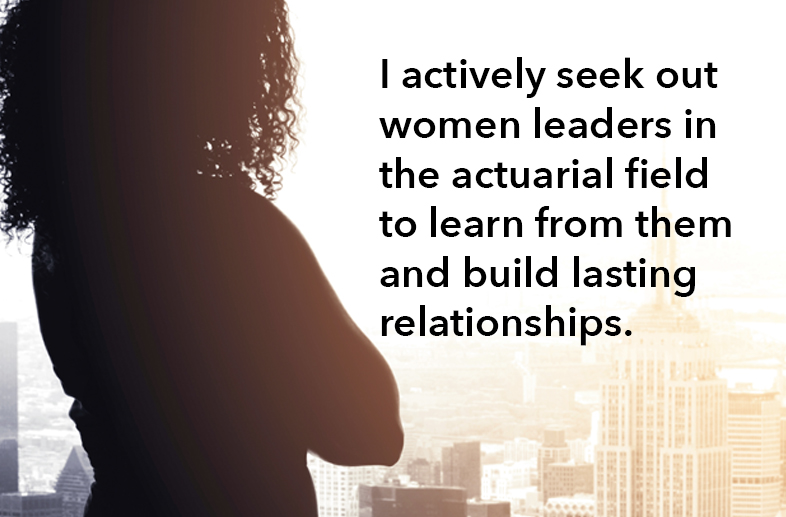
3. What advice would you give to women aspiring to leadership roles in the actuarial field?
CO: Volunteer whenever you can—either in your day job or for an actuarial organization, like the Academy. And don’t be afraid to step up to leadership positions. One interesting dynamic in the volunteer structure of an organization like the Academy (that you are less likely to find in your day job) is that you have the opportunity to make contributions to committee work that can put you on a fast track to stepping into the leadership of that committee when needed. No promotional hierarchy or salary structure to contend with. Often all you need to do is to demonstrate the skills and willingness to lead.
SL: Don’t be afraid to take risks! If that sounds intimidating, keep in mind that risk-taking is a skill that can be strengthened with practice. Start small and build up to bigger risks.
TM: Find your style and be true to yourself. You need to be authentic to motivate, persuade, and lead teams. Do not shy away from the attributes that are often associated with women, as those may make you a stronger leader. Finally, don’t be afraid to reveal your weaknesses or vulnerabilities. I believe we’ve moved past the time when leaders were required to present themselves as invincible and without flaws. Teams today want a leader who is strong and capable, but also relatable.
GK: I would suggest that women who aspire to occupy leadership roles in the actuarial profession define their vision of where they would like to be, build a brand and a “board,” along with actively seeking help and mentorship to progress that vision.
GL: Find a sponsor who has influence in your organization or industry. I have had people advising me and advocating for me for most of my career, which has helped me identify and say “yes” to opportunities that helped to advance my career.
AJ: Keep showing up. Continue to be curious. Know who you are and know your “why”; that will keep your North Star pointed in the right direction regardless of the challenges that come your way. Being a leader is a privilege that can change the trajectory of others’ lives. Use that power wisely.
YZ: Trust your ability to lead, take risks, network, and seek mentors and sponsors.
4. Can you share a particularly memorable success or accomplishment from your career journey?
SL: Stepping out of my comfort zone and co-founding the Network of Actuarial Women and Allies (NAWA) will always be something I am proud of. As a leader at NAWA, I have not only gained skills that have helped me in my professional career, but I have also contributed in a way that will hopefully have a lasting impact for many years to come.
AJ: I have had many accomplishments in my career. The ones that I am most proud of relate to making a difference in others’ lives. Throughout my career—as a consultant, a regulator, and now as the founder of my own consulting firm—I have found that focusing on the needs of others brings me the greatest joy.
CO: I go back to volunteering. There were many situations where volunteering on an Academy committee lead to other experiences, including chairing that committee. The first time that happened was when I was on the Academy Life Risk-Based Capital Work Group in the ’90s (which is now called the Life Investment and Capital Adequacy Committee). Being on this committee was my first opportunity to work with the NAIC to help them get regulatory requirements implemented. And when the chairperson decided to step down, I became the leader. This experience led to many other opportunities for Academy committee involvement and opportunities to work with the NAIC, both for the Academy and my day job.
TM: The first major milestone in my career was being named retirement chief actuary for a large consulting firm just five years after receiving my FSA. I believe I was the youngest and only woman to have that role at a large firm at that time.
YZ: I was elected to the SOA board for the first time in 2020 (and was re-elected in 2023). I went in the election process without high expectations but came out with so much confidence and joy. Serving on the SOA board has opened my eyes to a whole new set of perspectives and helped me develop leadership skills that I otherwise would not come by easily.
GK: I am honored and proud of being able to juggle my position of lead for model governance at Kuvare (which was a new role set up with my skillset in mind), involvement in multiple DEI initiatives (such as the South Asian Network of Actuaries [SANA], and SOA DEIC, as well as the DEI committee at my employer), and my volunteer work for the SOA as a member of the Quantitative Finance Investment Exam committee.
GL: Becoming a partner at Aon was great, but the process was even more memorable. The process required me to take the time to look back at my accomplishments and internalize the value that I was providing so that I could express that value to others.

5. In your opinion, what steps can the actuarial profession take to further promote gender diversity and inclusion? Have you been involved in any initiatives or programs that support the development and advancement of women in the actuarial profession?
TM: Supporting the development and advancement of women in the actuarial profession is my passion. I helped establish and continue to support the Conference of Consulting Actuaries’ Women in Consulting community, helped establish and am the executive sponsor for an employee support group at my employer Buck, and personally mentor several women. In addition, when I served as president of the International Actuarial Association, we revised our Vision Statement to reflect our commitment to diversity and inclusion and established a task force whose goals include increasing representation of women in the profession. To build on all this progress, we need to continue to press for increased representation of women in leadership roles, make more women aware of the profession, and maybe most importantly, encourage women to support other women as they seek to advance in their careers.
YZ: I’ve been involved in and taken leadership in many initiatives and programs over the years to support the advancement of women in the insurance industry, such as Women’s Insurance Networking Group (WING), Dive In Festival, Insurance Supper Club (ISC—US), and Network of Actuarial Women and Allies (NAWA). As mentioned, I authored a women leadership series for the SOA spotlighting women in chief actuary and CEO roles. I have also spoken on women and leadership topics at numerous SOA conferences and events.
Community-building is essential for women—to network and build support systems. Mentorship and sponsorship will help women advance in their professional lives. And increasingly, women need allies to be part of our journey to continuously make progress.
SL: I am proud of the work we are doing at NAWA in this area, and while we have had lots of support from the profession so far, increased engagement in our mission from both women and allies will be key to continuing to drive progress. Currently, we are working on a report to better understand the barriers to entry and success for women in the actuarial field. Our goal is to uncover insights that will not only illuminate these challenges but also pave the way for impactful changes that will drive progress and empower women actuaries to achieve their full potential.
GK: I think providing mentorship/sponsorship and encouraging visible representation are two actions that we can take to promote gender diversity; not just for women but also for nonbinary individuals. I have volunteered to be on mentorship programs in the consulting environment in general at my former employer and have always made myself available for junior female actuaries for guidance.
AJ: Change does not happen by accident. It takes intentional actions, and it may not happen overnight. To make sustainable change, it is important to create a plan, measure the implementation of that plan, and continuously monitor and revise the plan. We can all do our part to further promote gender diversity and inclusion in the actuarial community. It starts with creating and maintaining a robust pipeline for entry-level actuaries and providing robust support for women all through their career. Getting buy-in from the top is critical to the success of these efforts. As leaders, we have a shared responsibility to foster an inclusive environment and create leadership opportunities for others who are deserving and may otherwise be overlooked. Throughout my career, I have been involved in several initiatives aimed at supporting the development and advancement of women actuaries. Unfortunately, many of these efforts fizzled due to a lack of commitment from leadership and/or the lack of concrete policies and procedures that would have ingrained the initiatives into the fabric of the organization and ensured sustainability after the champions of the specific initiative(s) had moved on.
GL: Ensure women actuaries are visible. Ensure webinars and conferences and internal training sessions have equal representation of men and women, including new voices to provide their perspectives. I coordinate technical training at my firm, and it certainly takes more work to recruit new voices—but diversity in perspective is valuable to both speakers and attendees.
6. Can you discuss the importance of diversity—not only in terms of gender but also in other aspects—within the actuarial profession?
YZ: Numerous research has shown that diversity is good for business. In an increasingly complex world, we need many different perspectives to make sense of the issues we are facing, to shine light on our blind spots, to create new ideas. We need people from all walks of life in the room to share and contribute to solving hard problems, such as climate change, retirement security, and health care.
SL: Diversity helps us to be more innovative! When we value diversity, that means we value the diversity of thought that comes with it—whether it be through different perspectives, backgrounds, and ideas. Paired with an inclusive culture, diversity drives better decision-making where we feel more comfortable sharing new ideas, asking questions, and maybe even pushing back instead of feeling the pressure to just nod along and blend in with the group.
CO: All types of diversity benefit the profession. Simply said, people who come to the table with different viewpoints always make a result better.
GK: As with any profession, ours will benefit from diversity in thought, expression, and experience. Studies show that women tend to bring a collaborative approach to problem-solving. While creating new products or brainstorming new ideas, it is always helpful to solicit opinions of diverse groups, especially if we want to ensure that unconscious bias does not creep in. We can also bring these diverse experiences to limit model bias when we create, test and implement models for actuarial work.
GL: We all have many unconscious biases; surrounding ourselves with people who are different than us can help us identify and address our biases. Actuaries work on products that directly impact the lives of every person in the country—securing their assets through insurance, providing retirement security, or influencing access to health care—but we cannot understand all the nuances of how segments of the population will engage with these products if the actuaries designing and setting assumptions for those products aren’t as diverse as the overall population.
AJ: I think that diversity is a business imperative and is critical to the continued success and evolution of the actuarial profession.
TM: Research has shown diversity and inclusion leads to better results for teams, organizations, and companies. I have been fortunate to work with Cathy Lyn on a series of events that focus on the various aspects of diversity of thought and how to leverage its power. Later this year, I will be part of a panel that explores the return on investment for improved inclusivity. All of this work supports the core principle that diversity and inclusion is not just a good idea, it is also a smart business strategy. Organizations that get this and organize themselves accordingly will end up with the most success.
7. How do you approach leadership challenges and decision-making in your role?
SL: Good decisions are rarely made in a silo. When faced with challenges or big decisions, I often rely on the strong network I’ve built around me to serve as a sounding board, to poke holes in my ideas, and to help enhance my recommendations. This is also where having a diverse network helps to ensure that I’m making all the right considerations before jumping to a solution.
CO: I reach out to smart people with diverse backgrounds and ask for their input. I recruit smart people with diverse backgrounds to help me on any work or Academy project I am involved in.
TM: Everyone has a unique style of leadership, and mine leans toward collaboration and team-building. For example, I like to collect a wide range of perspectives before making a significant decision. This isn’t always possible, but I have found the best ideas are the ones that emerge from a melting pot of various ideas and perspectives. As a leader, you will inevitably have to make hard decisions on your own and be prepared to stand behind them. But whenever you can lead a group to come up with an idea or solution and execute it in a collaborative way, that’s when the magic really happens.
GK: I lean heavily on my peers and superiors whenever I come across a challenging situation. I have found that more often than not, people are willing to help you navigate through difficult situations; asking for help is the hard part.
YZ: Ask many questions, be open to all kinds of ideas, get ready to be uncomfortable, and trust your instincts.
GL: Trust and support. I try to enable my teams to take on as much as they are willing to do, pushing them just a bit outside of their comfort zone while keeping a watchful eye and nudging in the right direction through peer review or suggested adjustments to their approach.
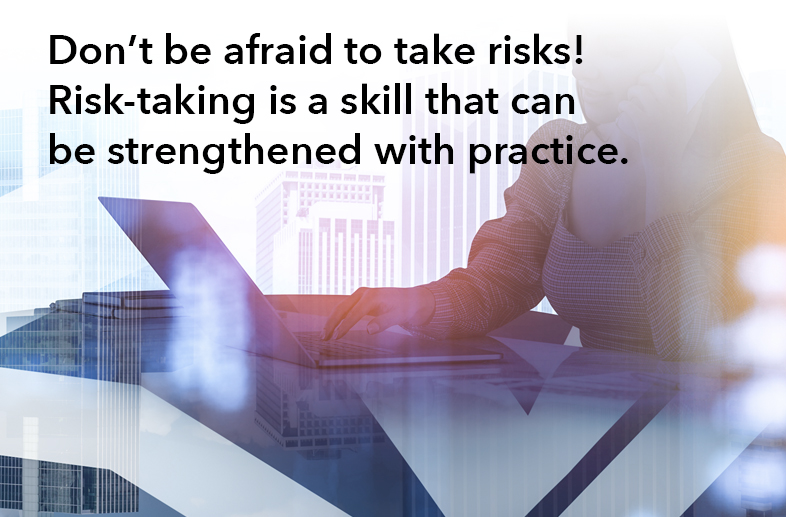
8. What are some trends or developments you foresee in the actuarial profession, particularly regarding opportunities for women?
SL: Increased conversations regarding bias and allyship in recent years have helped to increase awareness within the actuarial profession on potential barriers to success that women and other underrepresented groups face. As a result, we are seeing the development of stronger allies in the workplace—not only mentors, but also sponsors and advocates who are supporting and creating more opportunities for women to be successful!
CO: I think that the increase in opportunities to do jobs remotely is very good for everyone, especially women, who tend to take on more of a variety of responsibilities in their lives beyond work. Many women also tend to be very organized and good at multitasking. The opportunity to be able to be effective at many projects at once is good for women and good for the employer. Because actuarial work tends to be more project-oriented than many other jobs, this should be a good fit.
AJ: The acceptance of remote work as the norm is potentially a game-changer for women and other groups that are underrepresented in the actuarial community. Providing flexible work options creates opportunities for a more diverse group of future actuaries, working together to solve problems from different perspectives.
GK: As employers recognize the importance of having more women in leadership roles, I see women getting promoted more. I have also seen more opportunities for working mothers in general (not just in the actuarial profession) be successful, such as support for nursing mothers and more parental leave.
TM: I am hopeful we will continue to see an increase in the representation of women in the profession, including in leadership roles for companies and organizations. That will not happen without continued focus and intention. We need to keep pushing forward.
YZ: Actuaries are asked to solve increasingly complex problems while advancement in technology and emerging of artificial intelligence are challenging the way we work and learn. To thrive in the evolving world, actuaries need to become more effective communicators, better collaborators, and more compassionate people leaders—all essential traits often found in women. I do believe that women are ready to play a bigger role in leading the profession to the future.
GL: I’m a single-employer retirement actuary and could not be more excited about what the future holds for my practice area. Sure, single-employer DB plans have declined, but the retirement “problem” is only getting more nuanced and interesting. Actuaries are needed to come up with new solutions for retirement security and risk management. I’d predict that women (or anyone) who can creatively and empathetically apply their skills and are flexible to adapt to changes will have many opportunities.
9. Given the lower representation of women in the profession (~30%), what can be done to ensure that students and aspiring actuaries see the profession as a viable career opportunity for women?
SL: Representation matters—and aspiring actuaries are likely to envision a future based on the way things are presented to them. In other words, representation in all aspects—from interview panels, to the internship supervisors, all the way up to senior leadership levels—makes a difference in helping a female student or aspiring actuary feel like there is a place for them in our profession. As we work toward greater representation, we should continue to highlight the various ways by which the profession is working to help women be more successful, in addition to highlighting awesome women actuaries and their accomplishments.
YZ: This is a complex problem and cannot be solved by the actuarial community alone. Early awareness is key, and we can send more women actuaries to middle school, high school, and college to show what’s possible to girls who are interested in math. Role models can be powerful especially for young people who want to be inspired. When we lift more women up in our profession, we will attract more young girls to enter our profession.
GK: For women, the tough exam process is the biggest deterrent, in my opinion, especially for those who already have children. Providing exam support in the form of easily accessible forums, support networks, and continued employer provided study time and resources will help women be more successful. As more women succeed in the profession, it will appear attractive to younger women looking for a career in STEM.
AJ: It is important to expose students to the actuarial profession as early as possible. Representation matters. It is difficult to convince young girls that this is a profession for them if they cannot relate to the messengers. The power of providing volunteering opportunities for actuaries to demonstrate to the next generation what a great profession this is cannot be overstated. To me, volunteering is a great learning experience and an opportunity to inspire the next generation of actuaries.
GL: We can continue to spread awareness of the profession and the broad range of work and roles that actuaries can make into a fulfilling career. There is a role for the woman who wants to build models or the one who is interested in business strategy or the one who really wants to help those in need. We can take our math and analytical skills and apply them in a variety of ways.
TM: We should continue to highlight women who have achieved leadership roles, but also women who have had a successful and fulfilling career in other ways. Let’s make sure women who are interested in our profession know all the different ways they can have a great career as an actuary while also achieving other life goals. We have a wonderful profession that can accommodate many versions of success for all women.


